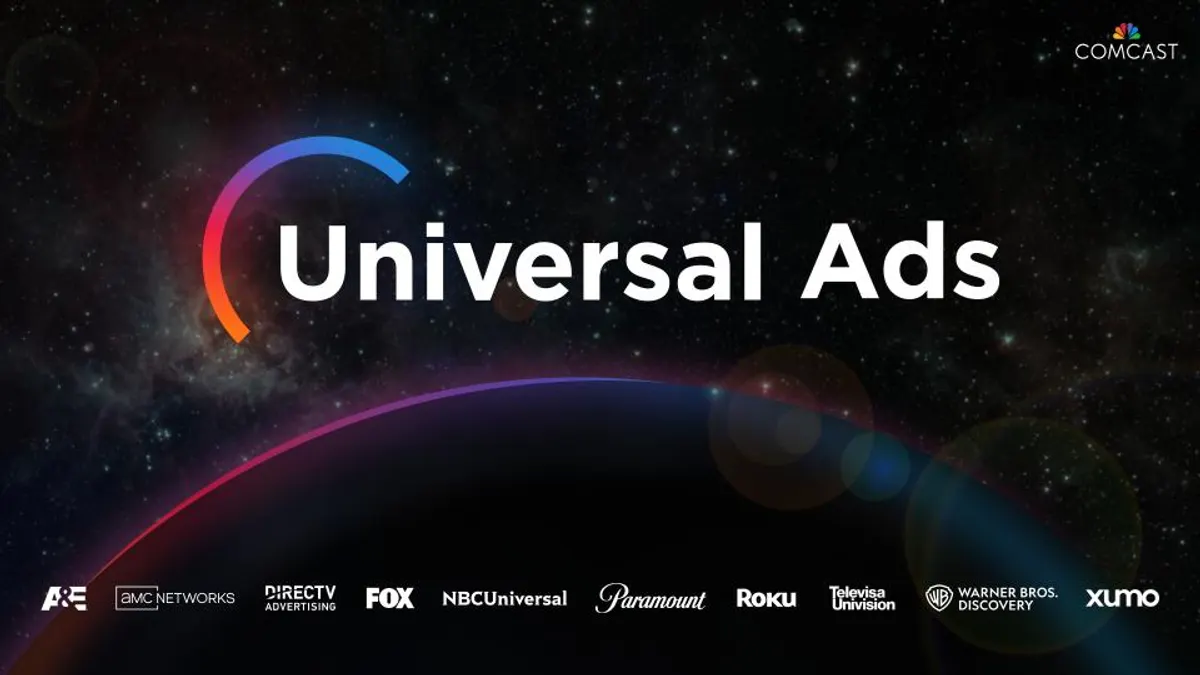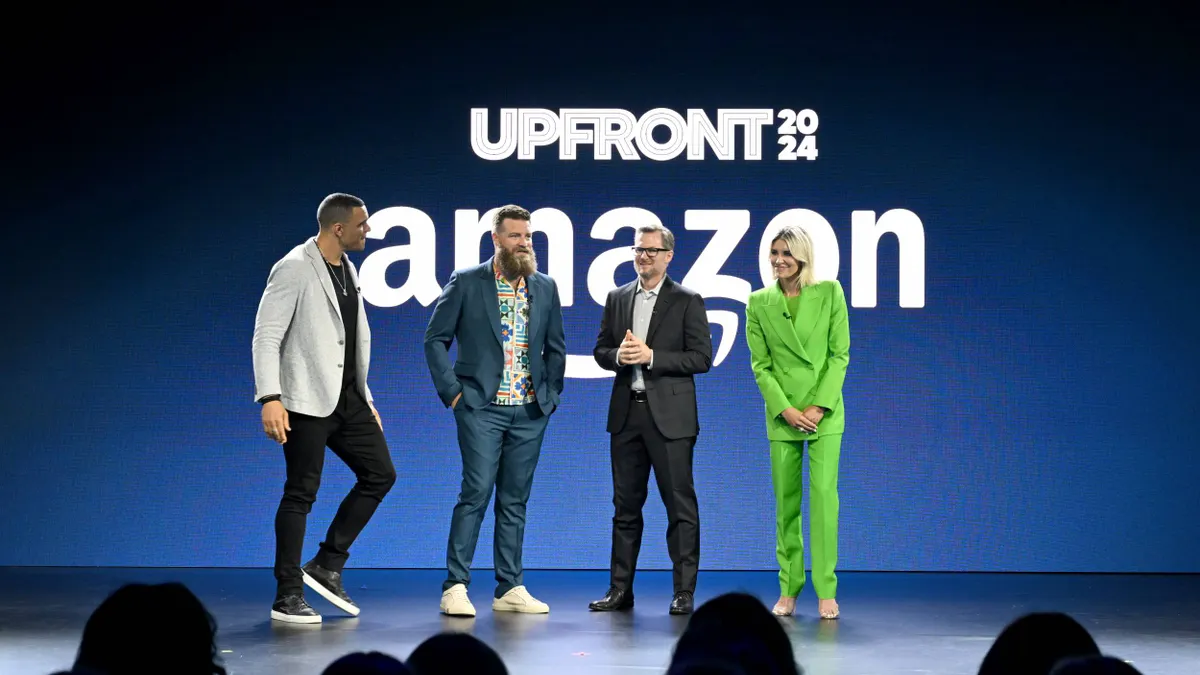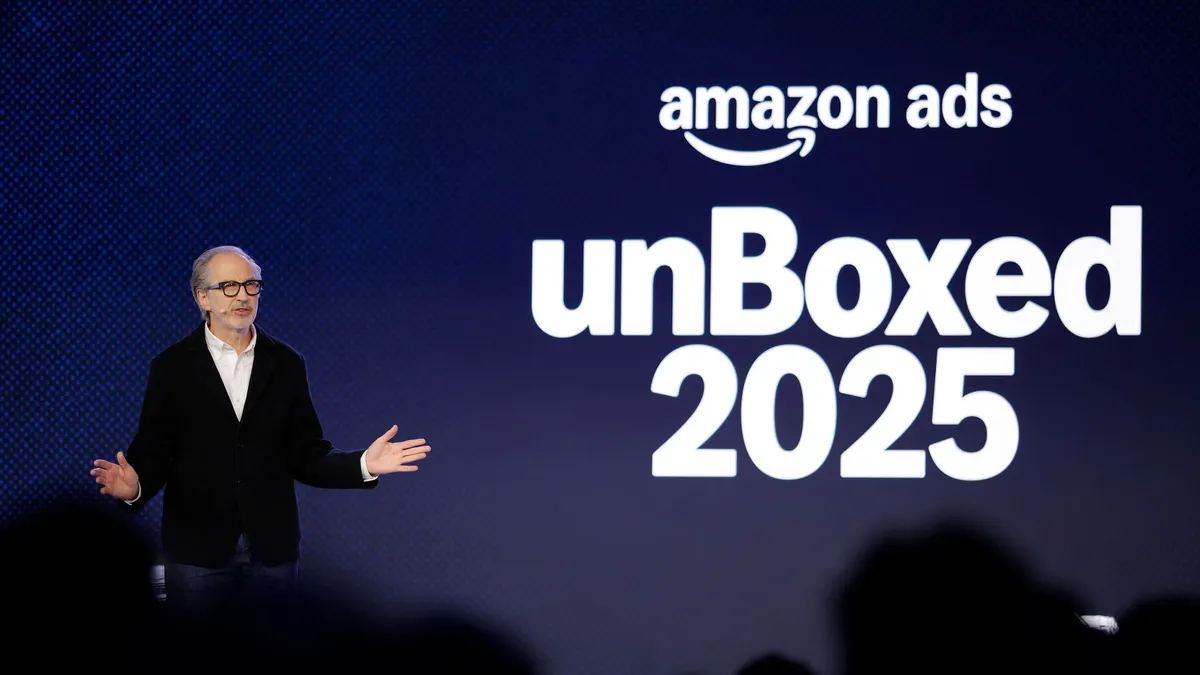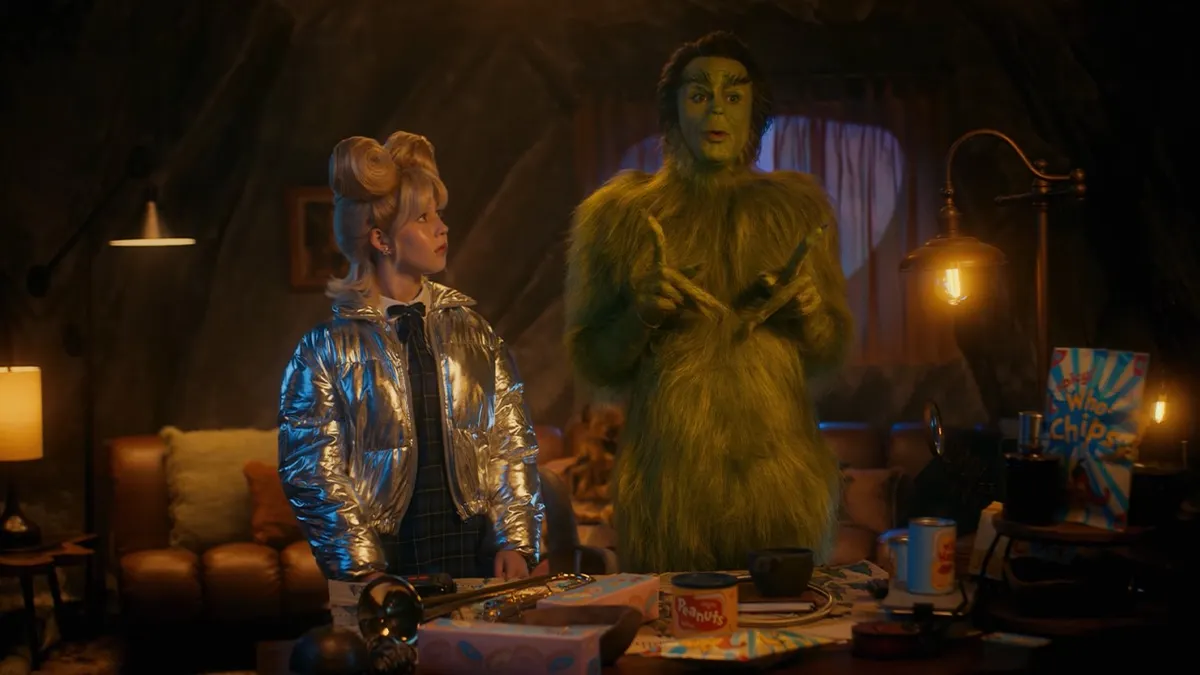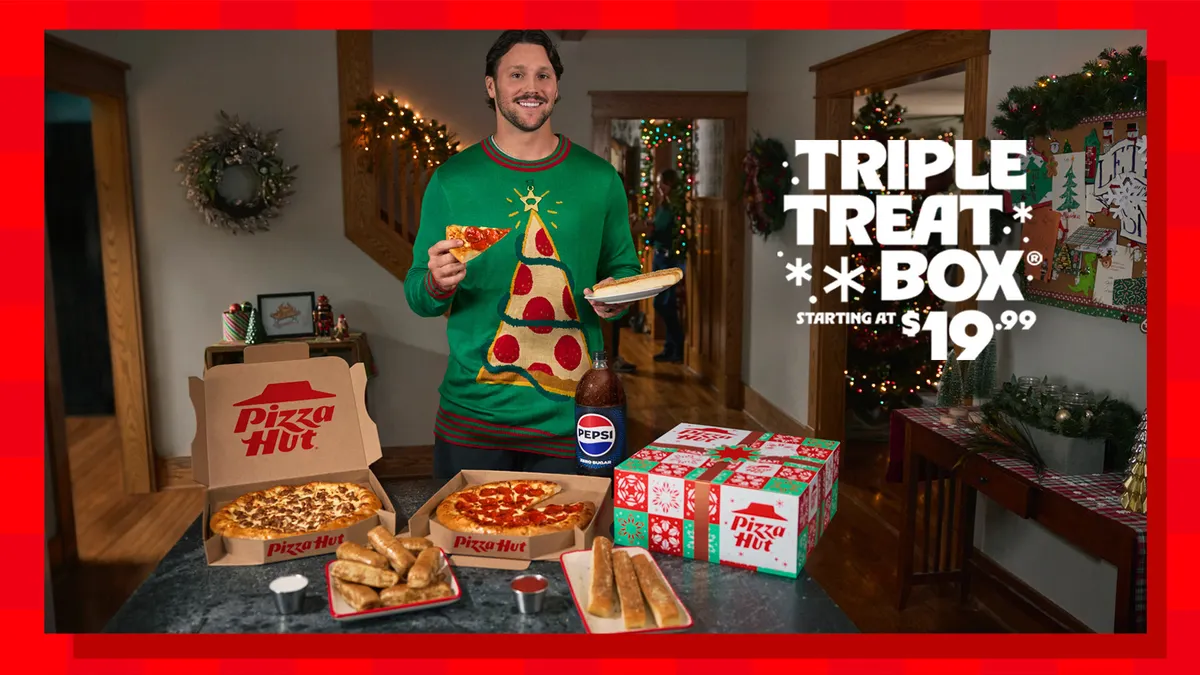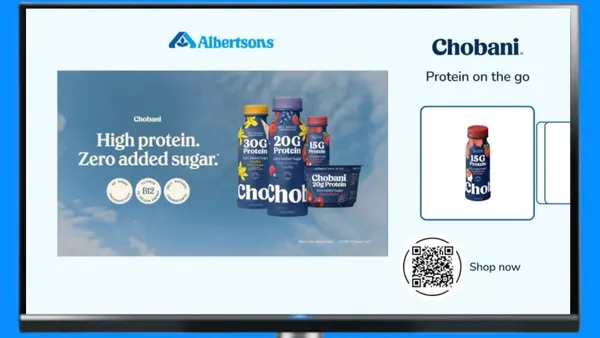Over the next few weeks, marketers will learn what’s coming down the pike in video advertising at both the Interactive Advertising Bureau’s digitally focused NewFronts, taking place May 5-8, and at spring upfront presentations. While historically a time for major brands and agencies to cut deals, this year’s ad-buying bonanza features a new platform aimed, not at existing spenders on national and local TV, but the channel’s next 100,000 buyers: an e-commerce-heavy field that hasn’t yet made the leap to the home’s biggest screen.
The platform, called Universal Ads, was announced ahead of the Consumer Electronic Show in January as part of Comcast’s efforts to create a one-stop TV advertising platform that simplifies premium video buying. Since launch, Universal Ads has added publisher and technology partners to improve its offering to the small- and medium-sized businesses that have mostly bought social video but are looking to take the next step in advertising.
“We want to replicate the way you buy YouTube for premium TV,” said James Grant, general manager of Universal Ads.
Bringing the ease of online ad buying to TV requires both developing new tools and providing access to premium video as a category, rather than a fragmented publisher-by-publisher approach. To address the former factor, Universal Ads hired talent from the walled garden world to create solutions that resemble what advertisers are used to in the digital and social realms. For the latter, Universal Ads relies on FreeWheel, the connected TV ad server that has already been adopted by major players in video and standardizes how Universal Ads defines and targets audiences. Among Universal Ads’ digital-first team is James Borow, an architect of Snapchat’s ad manager who emphasized how critical FreeWheel is to realizing Comcast’s goal to modernize TV transactions.
“When he was familiarizing himself with FreeWheel, [Borow said], ‘You guys have done the hard part — the ad server exists,’” Grant recalled.
Growing partnerships
Initially launched with partners including A+E, AMC Networks, DirecTV, Fox Corporation, NBCUniversal, Paramount, Roku, TelevisaUnivision, Warner Bros. Discovery and Xumo, Universal Ads last week added Estrella MediaCo, Fuse Media, LG Ad Solutions, Scripps, Spectrum Reach and Vizio to its publisher slate.
That level of sign-on speaks to advertisers’ desire to reach diverse audiences, with Scripps calling out women’s sports on ION, Estrella speaking to Hispanic and Black segments and Fuse Media focusing on young, multicultural audiences. Although all of these companies in some ways compete, they are united in facing challenges from digital players like Google, Facebook and TikTok.
“The reason why we have all these partners participating is that what we’re doing is incremental. It’s net-new, it’s reaching a population of buyers that we know are spending money that we are better suited together to go after versus on a piecemeal basis,” Grant explained. “I think advertisers that try video for the first time want to try video as a category most of the time.”
Along with buying ads on the basis of audience, these advertisers are also focused on results. To that end, Universal Ads in March teamed with ad firm Measured to provide incrementality-based media measurement and optimization for advertisers that are more concerned with sales attribution than reach and frequency metrics typical to TV campaigns.
“Measured is a major leader in that space, and it’s the first of many partnerships, from a measurement perspective, we’re prioritizing to check that box, which is a gap for a lot of e-commerce buyers interested in TV today,” Grant said.
AI and beyond
The next step for Universal Ads is partnering with technology firms that help e-commerce advertisers produce TV creative quickly and easily. The platform plans to offer free, artificial intelligence-supported creative production of TV commercials to its clients. The move echoes how Roku last year provided free use of Spaceback, a platform that repurposes social content into connected TV ads, to brands using its self-service platform.
“It’s one of those things that’s prevented smaller buyers from getting into TV in the past: They don’t have a living room screen-ready commercial for their business,” Grant said.
That technology also allows for more dynamic creative, or the way that brands can dynamically insert best-selling or newly arrived products into YouTube or Instagram ads — a capability that doesn’t yet exist at scale on TV. With the addition of those tools, Universal Ads could help thousands of advertisers join the premium video race.
“Because we’ve spent years being a neutral trusted partner to a lot of those businesses, it was a relatively easy pitch,” Grant said of Universal Ads. “They know what they’re getting with Comcast and FreeWheel, and being an extension of that relationship has been a massive advantage for us.”



